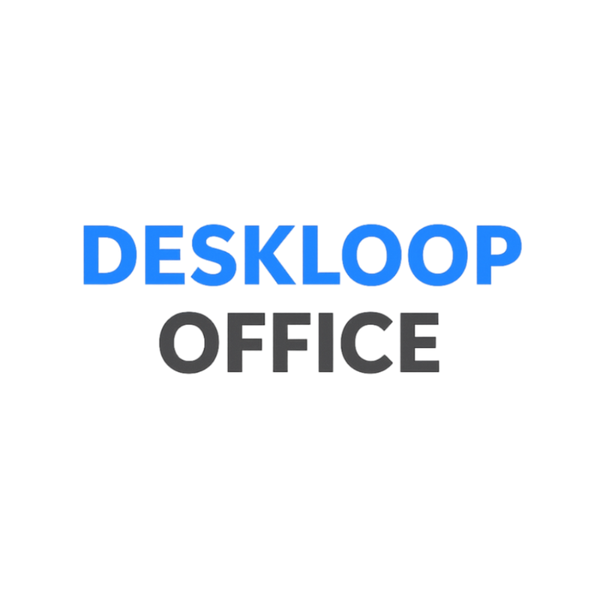
Digital Fatigue vs. Deep Work: How to Reclaim Attention
Share
One minute you’re deep into a report — the next, you’re checking Slack, scrolling IG, and wondering where your focus went.
This is the tension of modern work: digital fatigue vs. deep work. And reclaiming your attention isn’t about quitting tech — it’s about using it smarter.
What Is Digital Fatigue, Really?
Digital fatigue is mental exhaustion caused by nonstop screen time, app-switching, and notification overload.
Symptoms include:
Mental fog and irritability
Reduced creativity
Procrastination masked as multitasking
We’re not wired for constant pings — and they’re stealing our best brainpower.
Enter: Deep Work
Coined by author Cal Newport, “deep work” is focused, distraction-free effort on cognitively demanding tasks. It's how high-quality work actually gets done — and how you feel good doing it.
It requires:
Time blocks without interruptions
A workspace that signals focus
Clear task prioritization
Think of it as flow mode — but intentional.
How to Reclaim Your Focused Brain
You don’t need a cabin in the woods. You just need a better system.
Try:
Timeboxing — Schedule deep work in 60–90 minute blocks, preferably earlier in the day
Tech boundaries — Turn off nonessential notifications, or use “Focus” mode
Visual clarity — Keep your desk clutter-free and limit open browser tabs
Sensory cues — Use ambient sound or lighting to signal it's focus time
Even one deep work block per day can double your output — and reduce that end-of-day burnout.
Make Your Desk a Focus Zone
Your environment cues your brain. Want more focus? Start with:
A riser that reduces neck strain
Blue-light filters or glasses
Analog tools (notebooks, timers) that support screen breaks
DeskLoop’s curated gear is designed to support this shift — from visual simplicity to ergonomic ease, every piece helps you lock in.
